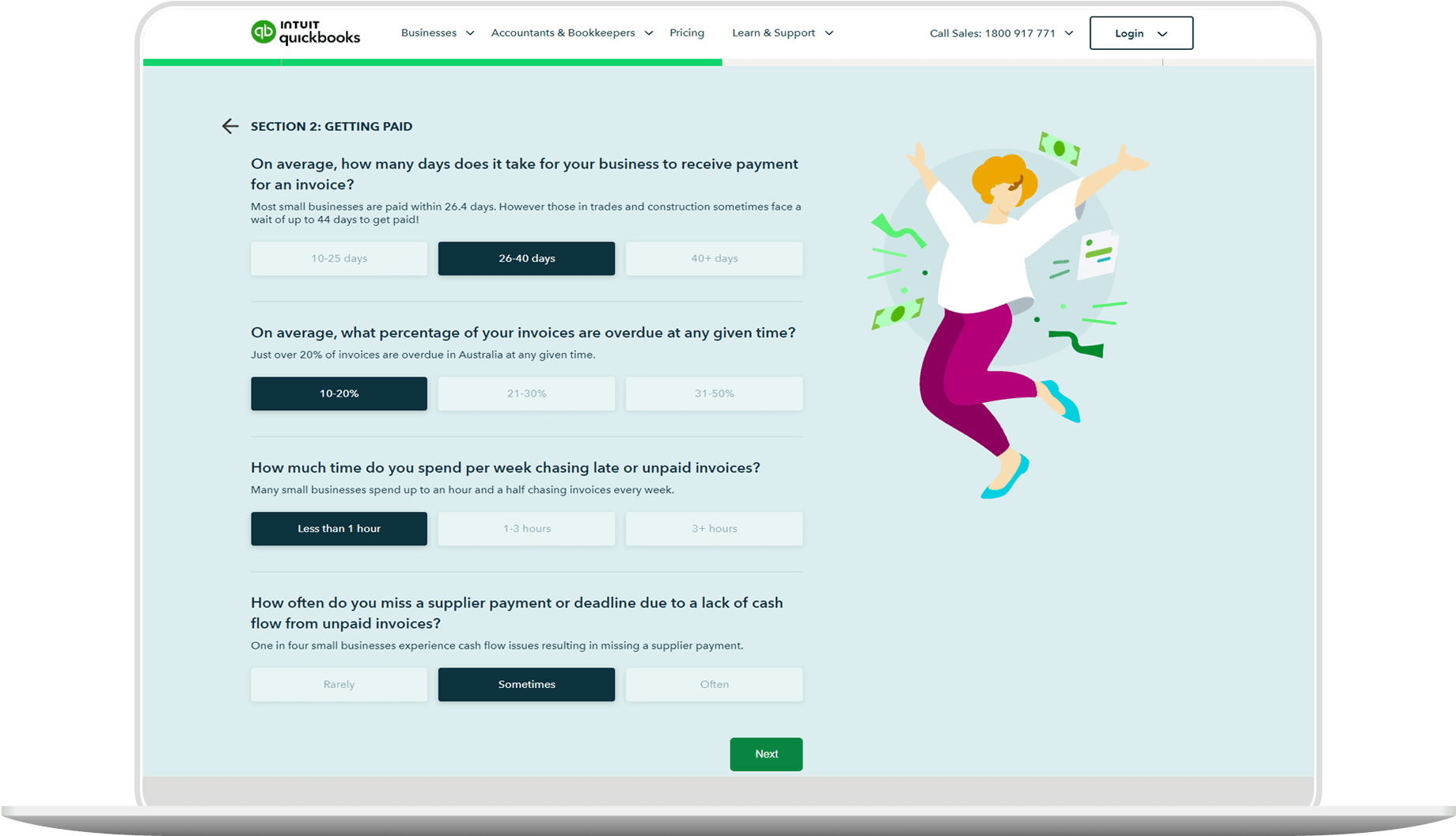In this article, you will learn:

Pay slip Template: Components & Procedure to Prepare a Pay slip
Every employer in Australia is legally bound to give a pay slip to every employee working in their organisation.
Such a pay slip must be given by the employer within the time limit prescribed for giving the pay slips and for the salary period or periods to which such a pay slip relates.
Employers are required to provide a pay slip to an employee within 1 working day of pay day, even if an employee is on leave.
So let’s understand what a pay slip is, what are the various components of a pay slip, and finally, have a look at the pay slip template.
Also Read: Try QuickBooks Online Accounting Software for Australia
What is a Pay slip?
The employees receive a salary in return for the services rendered by them to their employer. The details of such remuneration are contained in a document that is called a pay slip.
In other words, a pay slip is a document that comprises the components of the salary received by the employee for the services rendered to the employer under the contract of service.
The Fair Work Ombudsman gives employers the choice to issue either electronic or hard copy pay slips.
What is an Itemised Pay slip?
An itemised pay slip is nothing but a pay slip that contains details of information regarding components of salary item by item that is paid to the employees.
Providing itemised pay slips to employees is a good HR practice as employees become aware of their salary components. Furthermore, itemised pay slips help in resolving disputes over salary if any.
An itemised pay slip is given to all the employees and is typically given at the time of paying salary to the employee.
Your free pay slip template
Create professional pay slips with a free pay slip template
Thank you. Get your template below:
Frequency of Paying Salary
As an employer it is important for you to understand how often you can issue salary to your employees.
In Australia, employers may choose to pay salaries on a weekly, fortnightly, or monthly basis. The Fair Work Ombudsman mandates that at a minimum, employees in Australia must be paid on a monthly basis. However one should be aware that awards, enterprise agreements or registered agreements will often have specific requirements regarding when employees must be paid (weekly, fortnightly or monthly).
Maintaining Records of Pay slips
As an employer, you are required to maintain a record of all pay slips for 7 years.
Records have to be readily accessible to a Fair Work Inspector (FWI), legible, and written in English.
Components of an Itemised Pay slip
As per the guidelines issued by the Fair Work Ombudsman, pay slips must contain the following items:
- employer’s and employee’s name
- employer’s Australian Business Number (if applicable)
- pay period
- date of payment
- gross and net pay - if the employee is paid an hourly rate, you must show the ordinary hourly rate, the number of hours worked at that rate, and the total dollar amount of pay at that rate
- any superannuation contributions paid for the employee’s benefit, including the amount of contributions made during the pay period (or the amount of contributions that need to be made), and the name of the superannuation fund the contributions were made to.
Though it is a best practice to show an employee's leave balances on their pay slip, it’s not a legal requirement.
Related Articles
Looking for something else?

TAKE A NO-COMMITMENT TEST DRIVE
Your free 30-day trial awaits
Our customers save an average of 9 hours per week with QuickBooks invoicing*
By entering your email, you are agree to our Terms and acknowledge our Privacy Statement.















